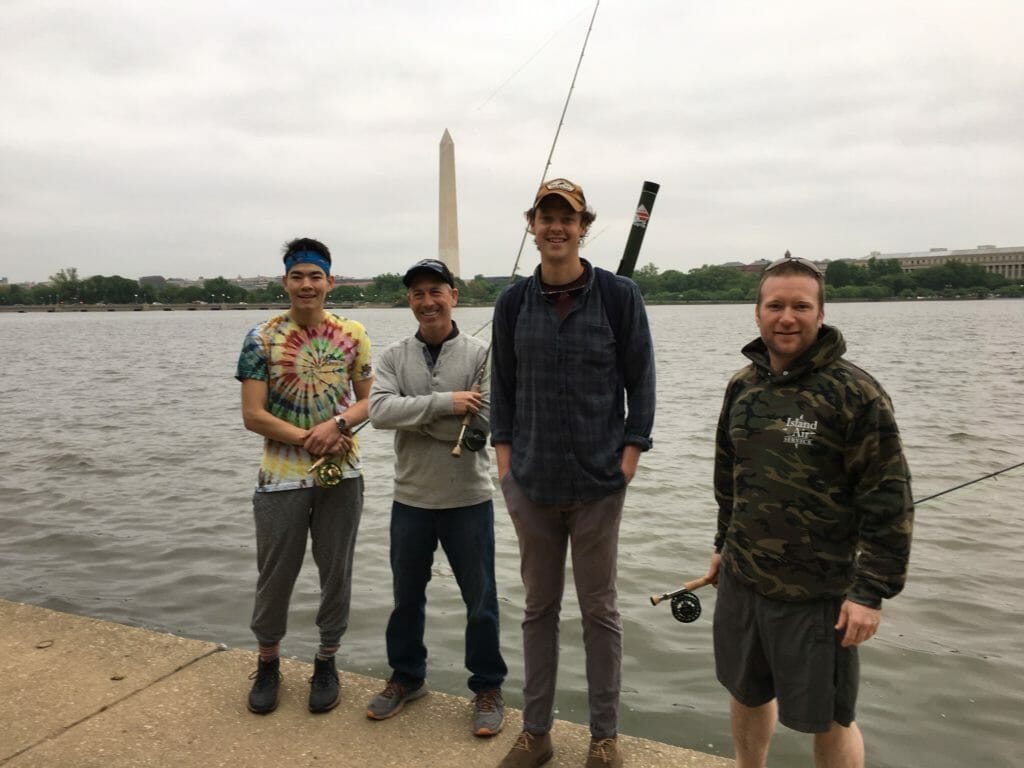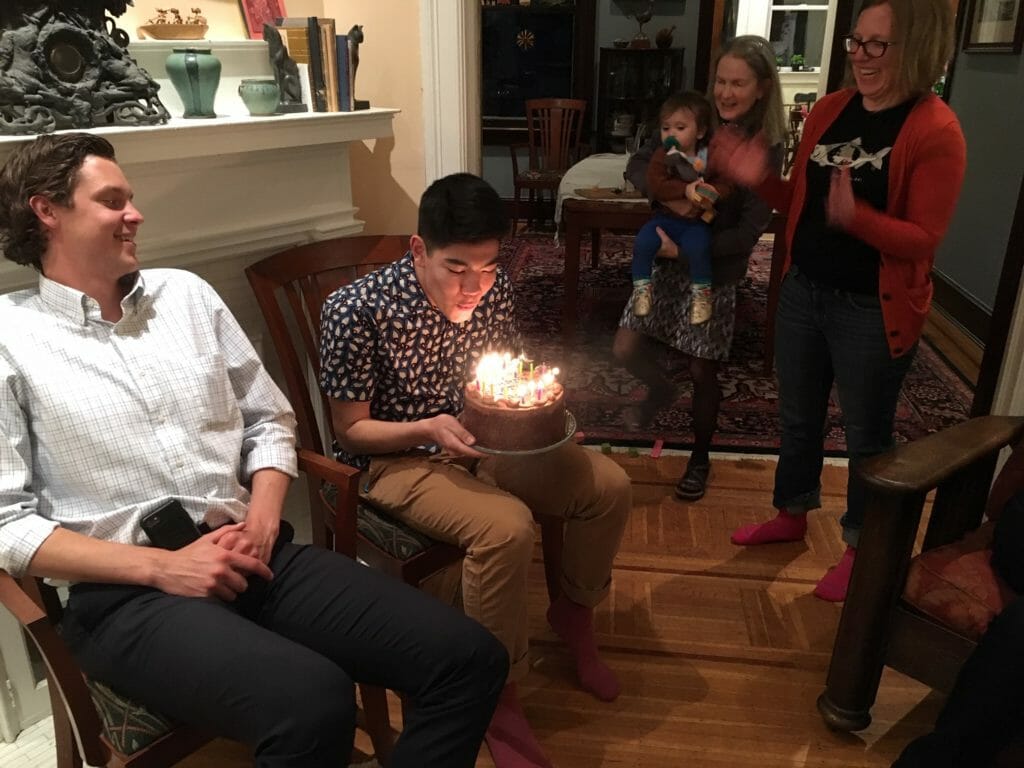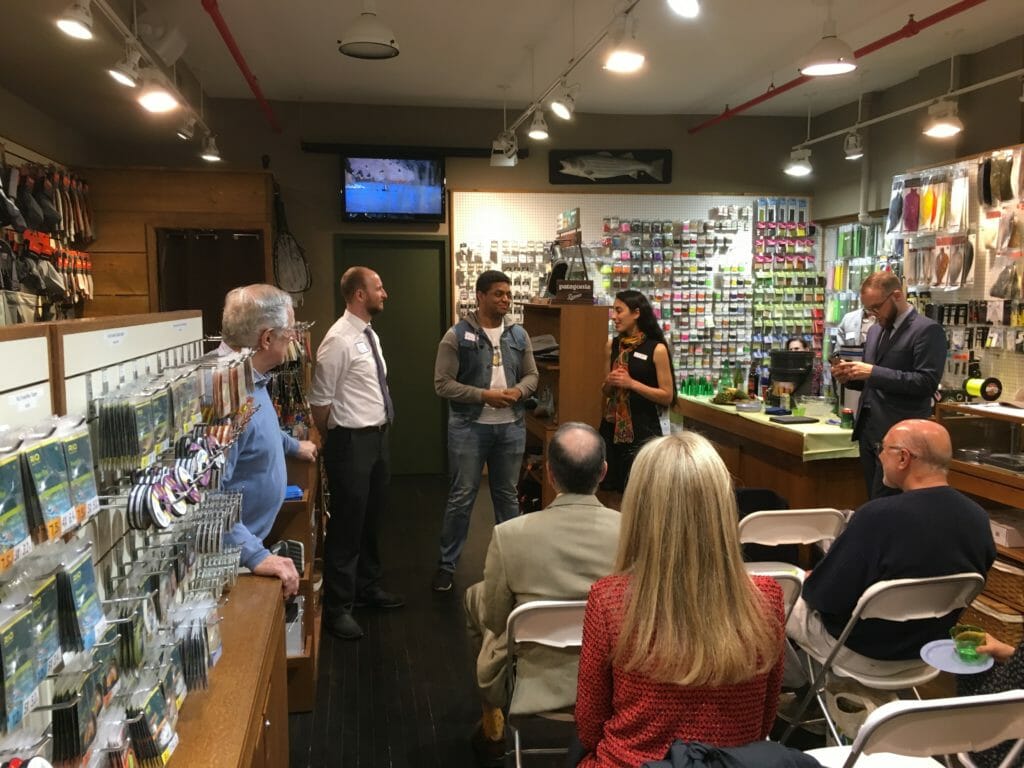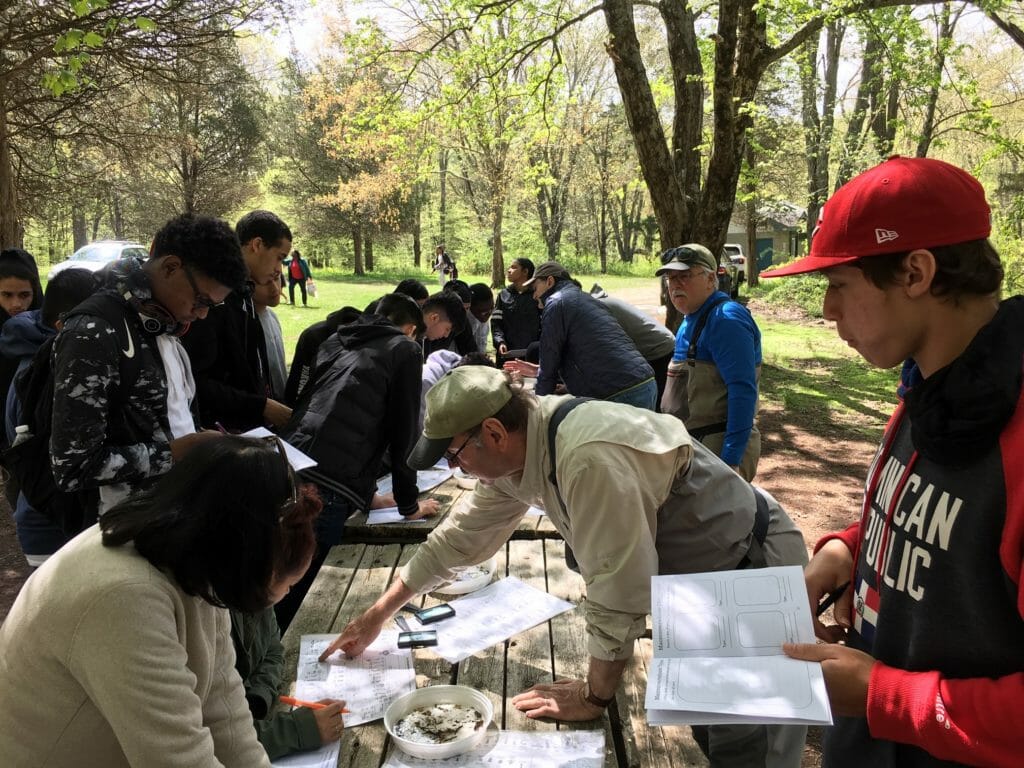
Washington, D.C., is a long way from Dillingham, Alaska, but that’s where Triston Chaney spent his 19th birthday. Triston was among a group of commercial fishermen, lodge owners and outfitters who came back to the nation’s capital to discourage the EPA from permitting the proposed Pebble Mine in southwest Alaska. Over birthday cake at our home, we exchanged fish pictures on our phones and geeked out over my winter’s obsessive shad fly tying.
A TU colleague and I met Triston and a few of the other attendees at 6. a.m. the next morning to scout for carp in the tidal basin of the Potomac River. I asked Triston what moved him to make the long journey back to D.C.—especially on his birthday.

“The Pebble Mine would destroy the Bristol Bay salmon fishery, and like my grandfather before me, I want to get a job there,” he said. “If they build that mine in the headwaters of the Kvichak and Nushagak rivers, the fishing will go away, and so will me and my family.”
Later that day, I took a train to New York City to attend a fundraiser for Trout in the Classroom, an amazing TU program that in New York City alone teaches over 30,000 kids from 200 schools about the life-cycle of trout and perhaps most important makes the connection for kids between healthy habitat for trout and clean water.
Several people spoke about the program. The last one blew me away.

Aaron Martinez is a high-school senior from the Bronx. He told us how important Trout in the Classroom was to him and his friends.
“It was the first time I had ever held anything else that was alive—something I was responsible for—in my hands,” he said.
It is unlikely that he, or those of us who heard him speak, will ever forget his lesson about the importance of stewardship.
When Aaron’s class released the brook trout they had raised in the classroom in the Cross River with the help of the Croton Watershed chapter of TU, one student ran to the river yelling “whoa, whoa, whoa!” because it was the first time he had ever seen a clean, flowing stream.

It would be difficult to imagine two places more different to grow up than Bristol Bay and the Bronx. In the span of a generation, America has moved from 60 percent rural to 80 percent urban and suburban. Most kids are not growing up hunting and fishing with their families like Triston, but that doesn’t mean that people like Aaron won’t become steadfast advocates thanks to their exposure to the outdoors.
When I worked for the U.S. Forest Service, I traveled to Greenpoint, N.Y., which at the time was infamous for serving as the community alongside which a large barge of trash parked while New York and New Jersey fought over who should take it. Greenpoint was ground-zero for the Asian long-horned beetle—an invasive species from China.
At the time, the prescribed treatment was to cut and chip infested trees. I knocked on the door of a house that had a tree on the street that needed to be cut. The woman who answered tearfully told me how she had planted that tree the day she learned that her son had died in the Vietnam War. We planted a new tree together.
The connective tissue of Trout Unlimited extends from Bristol Bay to the Bronx. Our collective challenge—and one we rise to time and time again—is to make conservation accessible to people however we can, and wherever they live.


